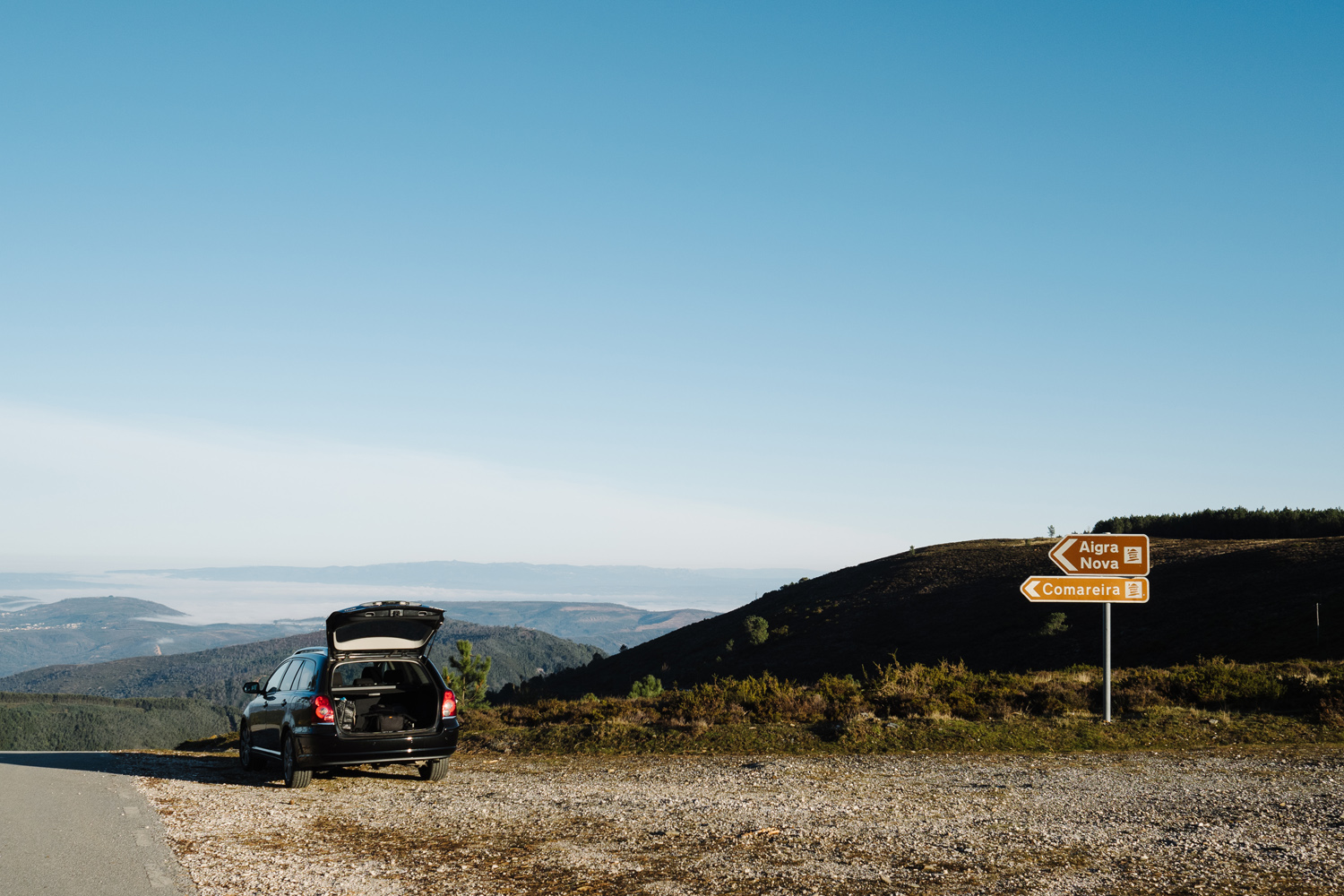Premium/ If you could only choose one lens to use for the rest of your life, what would it be?
If you could only choose one focal length to use for the rest of your life, what would it be?
But let me start the story from the beginning, with the succession of events that led me to debate this issue now.
Being in our plans for some time, last year, Maurício Reis and I started a long-term project that consists of touring and photographing the National Road N2 in Portugal. Along its 738 kilometres, it crosses the country from North to South and is currently the third-longest road in the world.
This road has a particularity: unlike the N1, which is located along the coast and connects the largest cities in Portugal, the N2 is located inland, crossing small villages and towns, through mountains, valleys and plains. Maybe that’s why it started to be known as the Portuguese “Route 66”.
We decided to do this project in stages, covering small sections at a time, 40~50km at the most, to fully appreciate the landscape, the cuisine, the hospitality of the people. Without any hurries, we stop the car whenever we see something interesting to photograph, even if we spend an entire morning in that place.
From the beginning, I knew that this project would have a strong component of landscape photography, starting with the valleys in the Douro region, with its famous vineyards from which Port wine is made, to the long plains in Alentejo and the beaches in the Algarve.
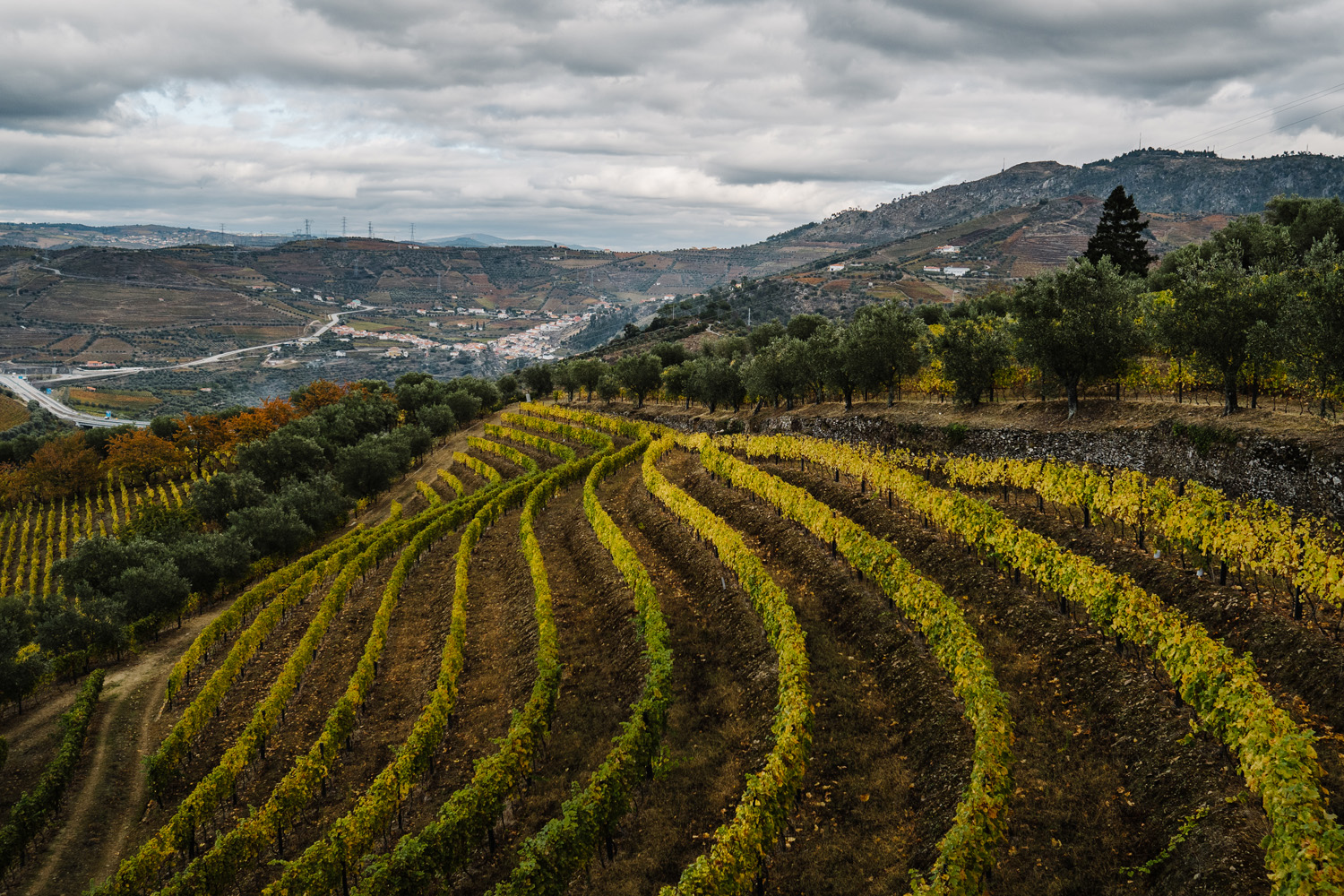
Olympus E-M5 MK II . Olympus M.17mmF1.8 . F/4 . 1/800” . ISO 200
But I was also going to do some street and architectural photography, through the narrow streets of the small villages. I knew I would also photograph some delicious delicacies, typical of each region. Anyone who has visited Portugal knows what I’m talking about. After a few weeks, there is a serious risk of gaining some weight, 2 sizes at least!
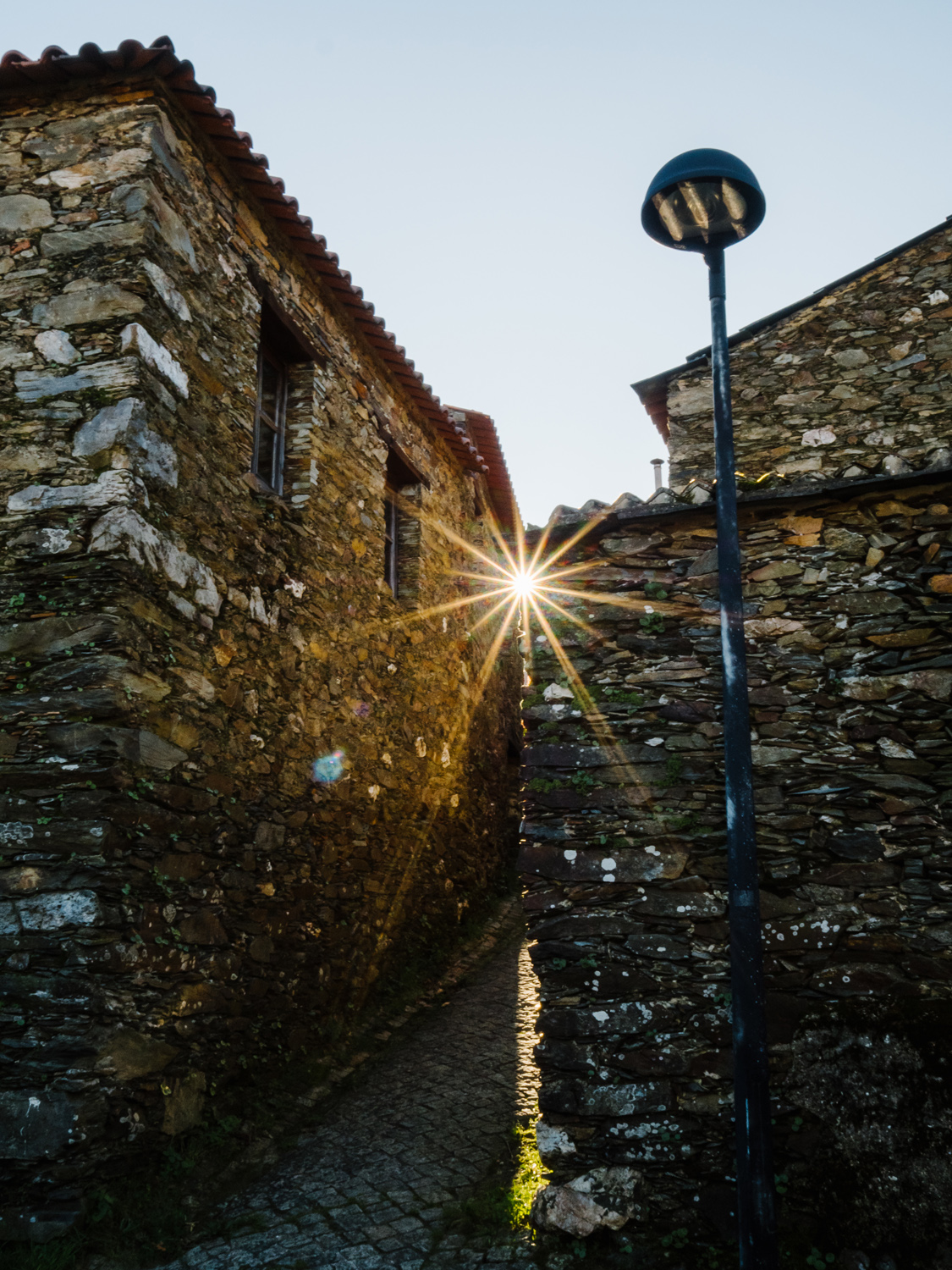
I knew that I would possibly want to do some portraits, as well as photograph some details, so, a telephoto lens would be needed.
Analysing all the situations I expected to encounter, I had to choose what equipment to take. Decision made: I would take everything!
Why? Because of the fear of missing out. The fear of needing something and not having it led me to put all the cameras and lenses in the camera bag, which I will now describe.
Camera bodies:
Olympus E-M1
Olympus E-M5 Mark II
Lenses:
M.Zuiko 17mm f/1.8
M.Zuiko 25mm f/1.2 Pro
M.Zuiko 45mm f/1.8
M.Zuiko 14-42mm f/3.5~5.6
The 17mm was mounted on the E-M5 Mark II all the time, making a compact but powerful set, with an image quality that fully satisfies me. On the E-M1, I sometimes used 25mm f/1.2, and other times the 45mm f/1.8. Interestingly, even for landscape photography, I never used the 14-42mm.
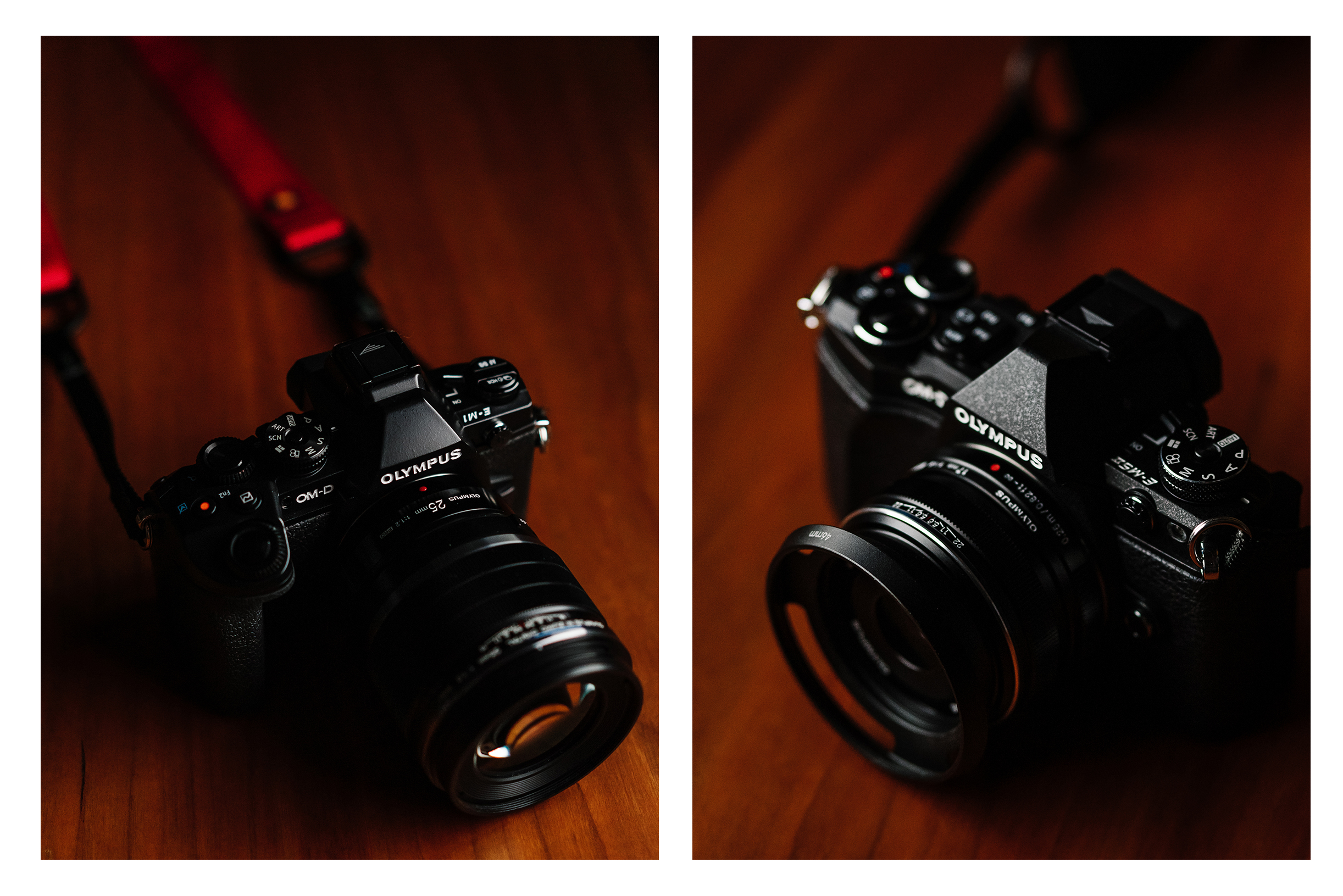
At this point, having covered about 2/3 of the route, we had to take a break because of the Coronavirus lockdown. And so we will be for some time. We are in no hurry, we know that the road won’t go anywhere, right?
So, during this break, I was organising my archive and analysing which focal length was most used, as well as the one with which I got more keepers. I knew I had used the 17mm a lot more than the rest of the lenses, but looking at my archive of edited photos, it’s impressive to see what a difference! The vast majority of images was produced with this lens. And not just in landscapes, but in almost every situations.
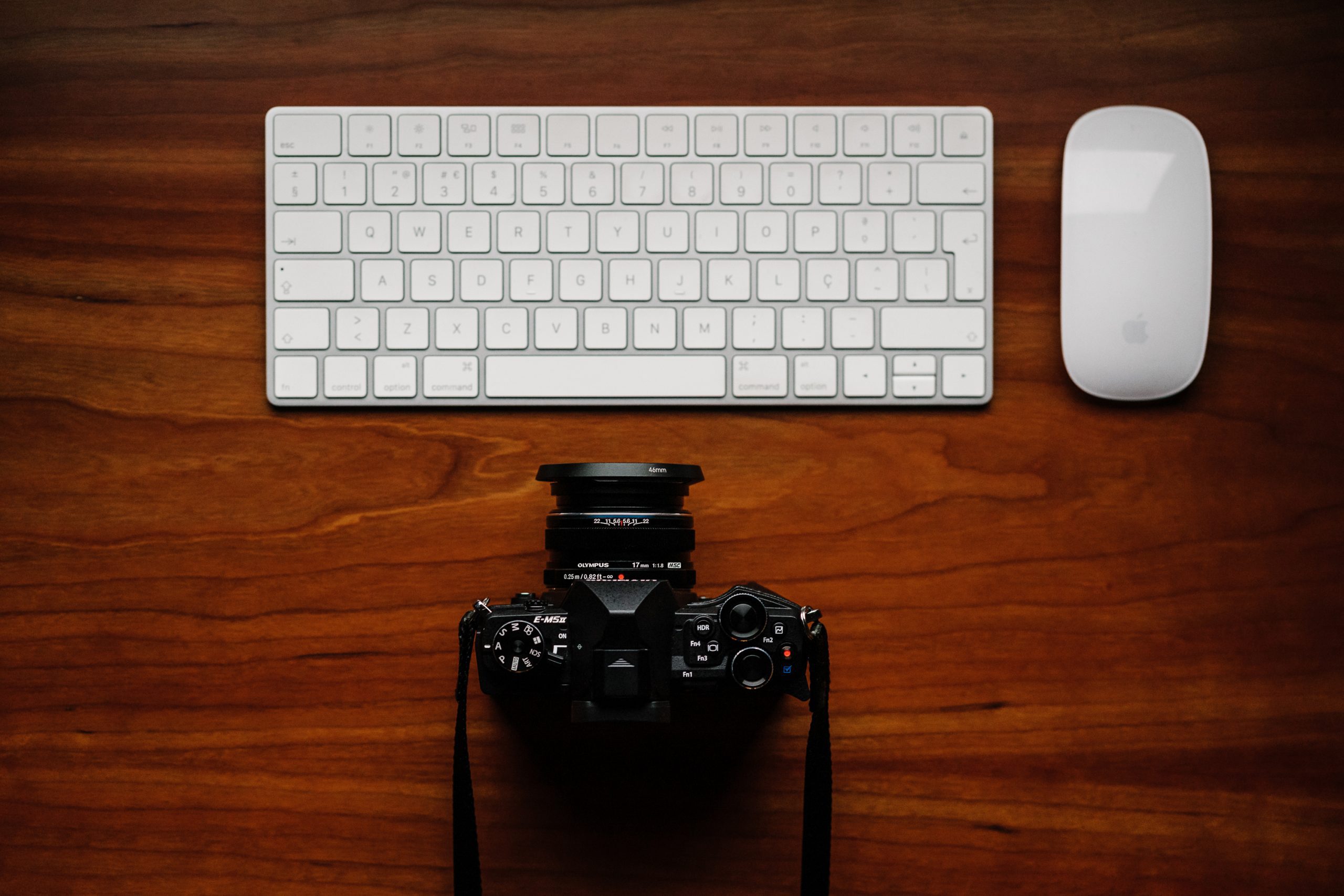
Is not the 25mm f/1.2 brighter and sharper? Yes, it is. Is not the 45mm f/1.8 capable of producing beautiful images with a creamy bokeh? Yes, it is! So why did I end up choosing the 17mm f/1.8 most of the time, and feel that, indeed, I could have used it exclusively?
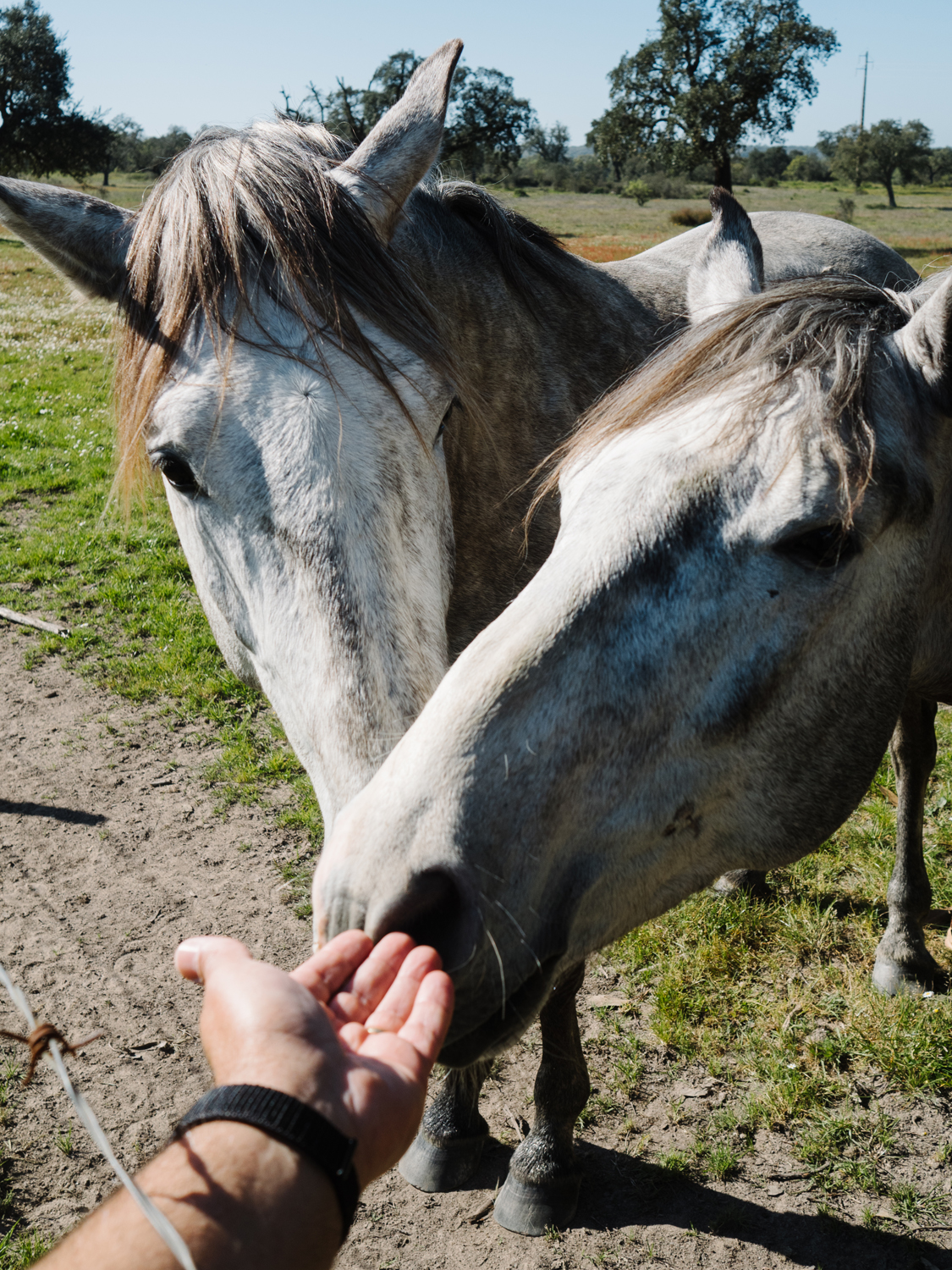
When we are used to using multiple cameras with multiple focal lengths, or zoom lenses, we can always choose the best tool for the job. Depending on the situation we are faced with, our mind immediately begins to question what is the best focal length to, without leaving the place, take a shot of that scene. But if we go against that instinct and we force ourselves to always use the same fixed lens, approaching or moving away from the subject in order to get the best framing, everything changes, because we have to actively look for a solution. We have moved from a passive to an active attitude.
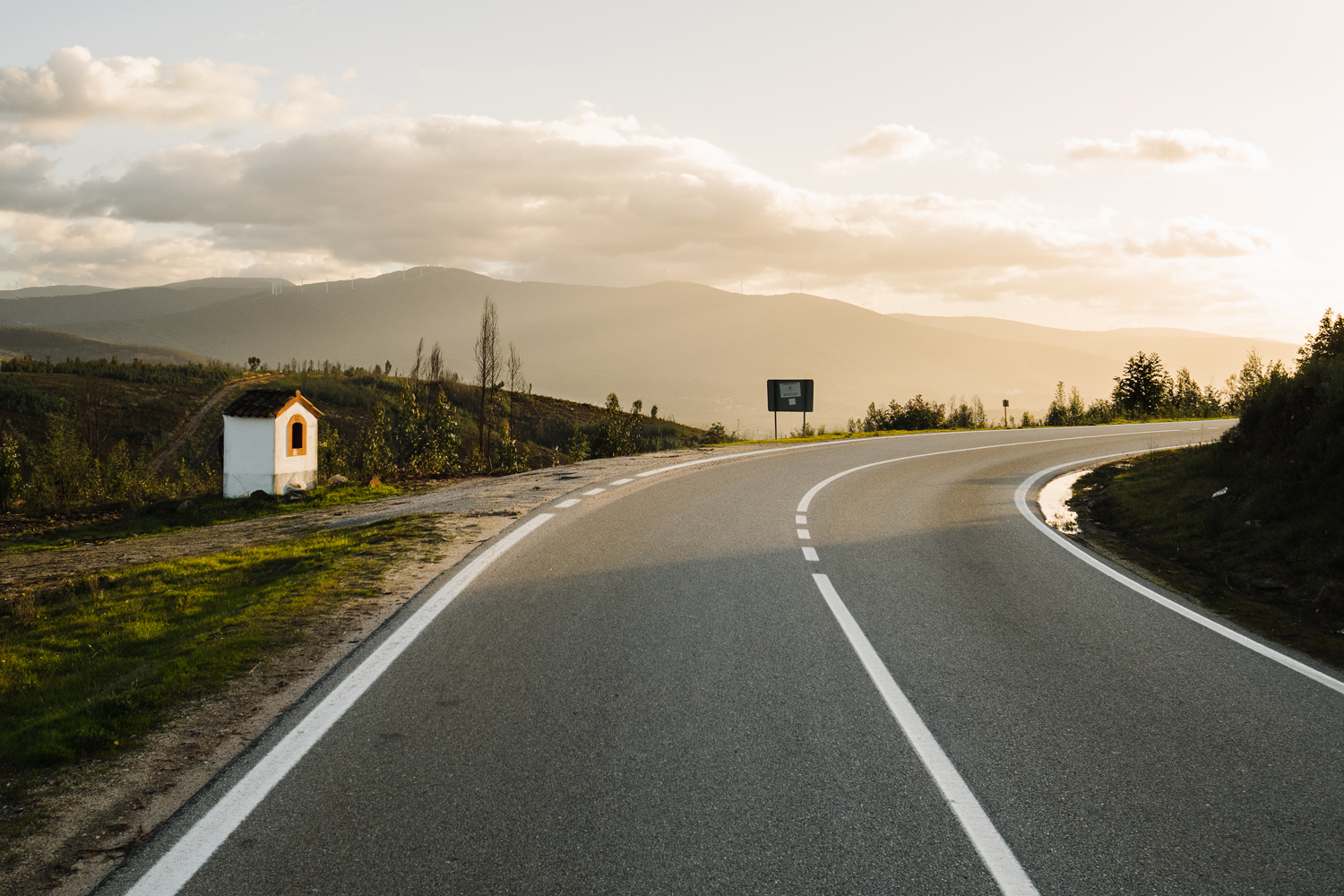
So, using a single focal length, at first, requires some habituation and forces us to adjust to a variety of shooting situations using only one lens. But, with a fixed focal length lens attached to the camera for a while, your eyes will quickly get used to that angle of view, and this constrains will make you look for subjects specifically suited for that focal length.
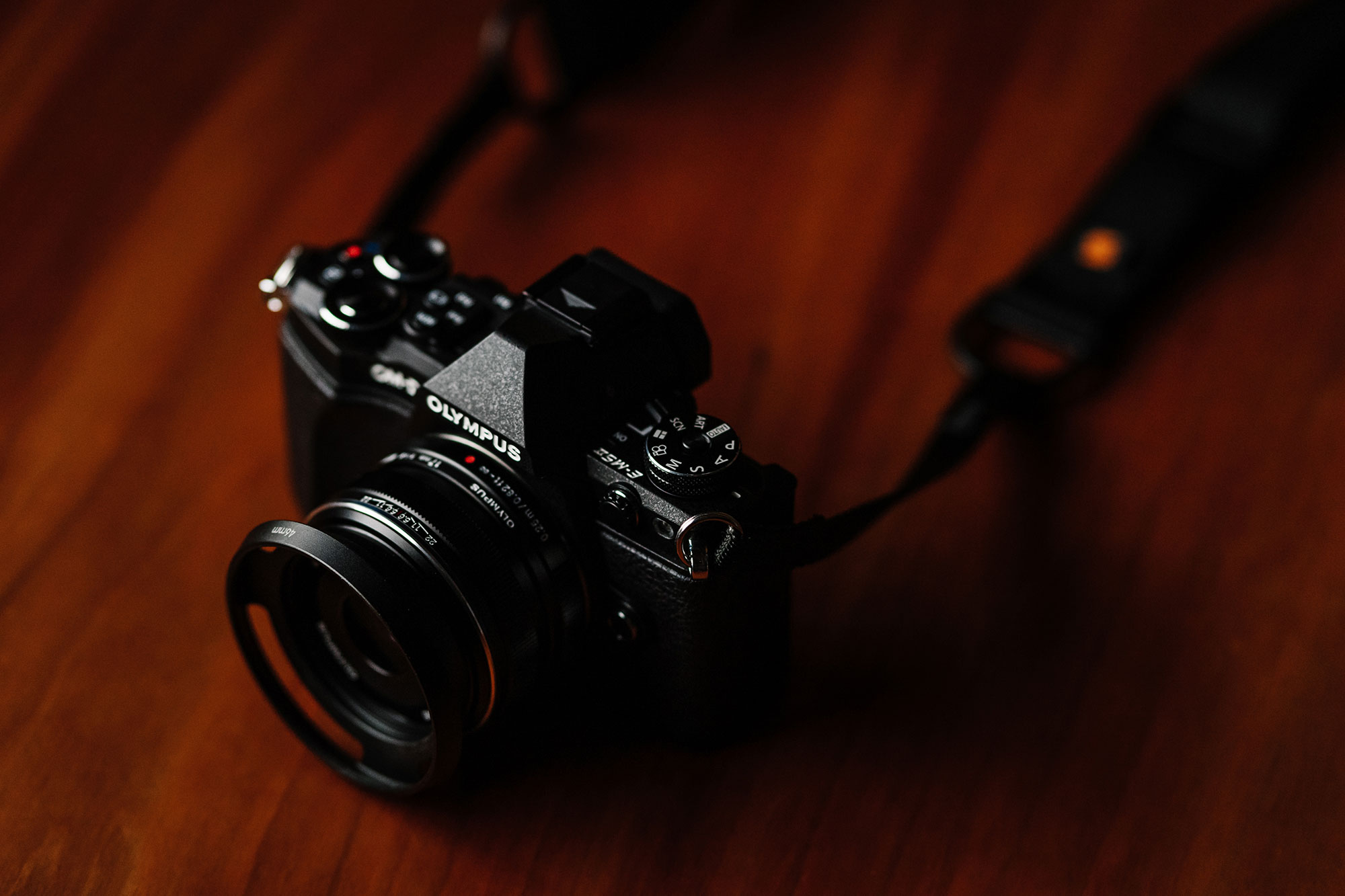
As you know, a lot of photographers in the past are known for having used just one lens for most of their work. So, based on the experience of shooting along the National Road N2 using almost exclusively the 17mm f/1.8, I will now describe the six most important advantages of using only one lens/focal length:
CONTINUE READING…
Only for Premium Subscribers!
To access these articles you must be a PREMIUM subscriber to Olympus Passion.
SUBSCRIBE NOW and get instant access to all Premium articles, all prior and upcoming magazines, all special editions, all previous videos, discounts and offers. If you are seeking relevant information about this camera system, or useful tips from photographers using the Olympus system, this is the most valuable place for you.
BASIC Plan subscriber? Upgrade to PREMIUM!
- Access your account HERE and sign in with your email address and password as always
- In this step click the ‘Subscriptions’ tab and then ‘Change plan’
- Now you can change from the BASIC plan to the new PREMIUM PLAN
- Finally, the system will only apply a proportional value to the remaining charge and change the plan immediately.
Already a Premium Subscriber?



